1 in 5 trees are now infected with Kauri Dieback Disease. There is no known cure and the disease is fatal.
The disease is caused by a tiny spore that lives in soil. It is being moved around tracks in mud on our shoes.
You can help. Respect the rāhui and stay away from the Waitākere Ranges to stop the disease from spreading.
Kauri dieback disease is killing our trees.
No matter how well we clean our shoes, the microscopic spores that cause Kauri Dieback Disease are being moved around tracks in the Waitākere Ranges. Te Kawerau ā Maki have placed a Rāhui over the entire Waitākere Forest (Te Wao Nui o Tiriwa). For the health of the forest, they are asking people to stay away from the bush. The rāhui gives scientists time to develop a solution, and time for our forest to heal.
Tiakina Te Wao Nui a Tiriwa, hei oranga mou.
If we all take care of the Great Forest of Tiriwa, in return we will all flourish.
Frequently Asked Questions
What is a rāhui?
What area does the rāhui cover?
The Waitākere Rāhui only covers the forest, but within the forest all tracks are closed by the rāhui. The forest does not include: the roads, beaches, open space land adjacent to beaches, wetlands, lakes, dunes, paddocks, rocks, meadows, grass berms, cafes, the sea, golf courses, houses or surf clubs.
How long will the rāhui last?
What is kauri dieback disease?
A microscopic water mould called Phytophthora agathidicida. It is new to science and lives in the soil and has two forms. The soil form is in tough spores called oospores that can survive in dried soil on boots and equipment for up to 8 years (and counting). It also has a water borne spore with a tail that can swim called a zoospore. However this is short lived and is killed by seawater, but can move through the water film in the soil up to 3m per year.
How is the disease spread?
Almost exclusively by soil disturbance. The greater amount of disturbance the greater risk of spread. Large animals like humans & pigs move kilos of soil around the forest on feet and equipment (and in pig guts) and are the primary vectors. Small animals like birds, rats, possums etc move only miniscule amounts of soil and are a negligible risk. Dogs are a moderate risk and should be on leads at all times in forest areas. The water borne zoospore can swim downhill in water films in the soil and in watercourses. The “natural” spread of the disease via water is estimated at 3m per year.
How can we stop the spread?
By removing the main vector humans from risk areas where there are infected and healthy kauri, in other words keeping people out of kauri forests. This will remove at least 70% of the problem in the Waitakere Ranges. At the same time pigs, the other main vector, need to be eradicated. Fencing off areas of healthy kauri ecosystem to prevent pigs and humans from bringing the disease into them is necessary and a priority.
Upgrading the track infrastructure to make the tracks dry and get them off kauri roots will minimise the risk of moving soil around and spreading the disease. Boardwalks and engineered tracks that are convex and allow water to run off them instead of pooling and creating a mud slurry is what is required urgently. Tracks should be rerouted away from kauri if possible.
The Latest
Waitakere Ranges Closed!
The Tree Council, Waitakere Ranges Protection Society, Forest & Bird and the Friends of Regional Parks are delighted that Auckland Council has worked constructively and in partnership with Te Kawerau ā Maki to agree the final shape of the closure of the Waitākere...
Rockin the Rahui Concert
The Tree Council, Waitākere Ranges Protection Society and Forest & Bird want to thank the communities of the Waitākere Ranges for supporting the rāhui with a special event to be held 2nd of June, Queen’s Birthday weekend in Piha. The concert called Rockin the...
New Hope for Kauri Dieback Programme
The Tree Council, Waitakere Ranges Protection Society and Friends of Regional Parks welcome the announcement by Minister Megan Woods that the research programme for kauri dieback will now be managed by the Strategic Science Investment Fund.
This project is a collaboration between…
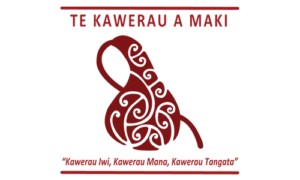
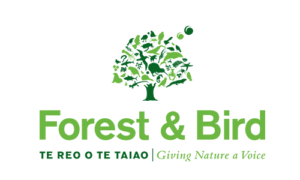
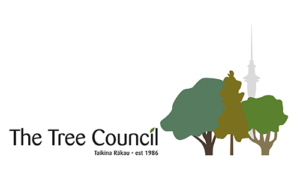
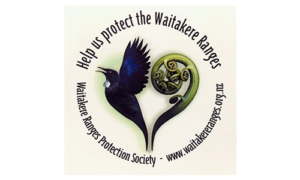
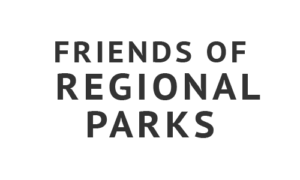
SUBSCRIBE
FOLLOW
Website by Fledge Media
